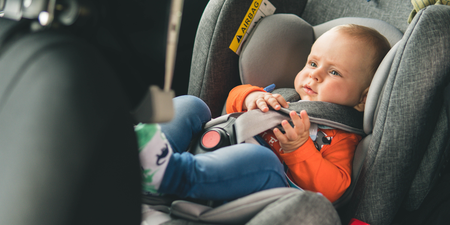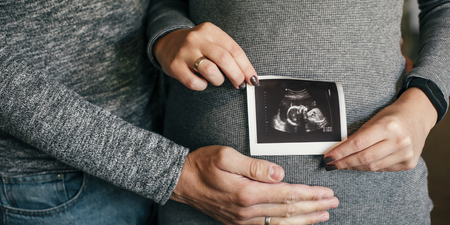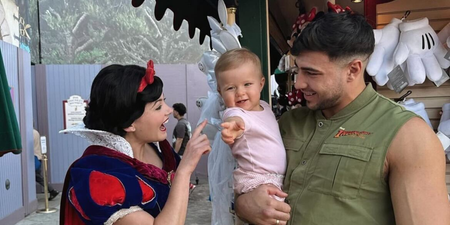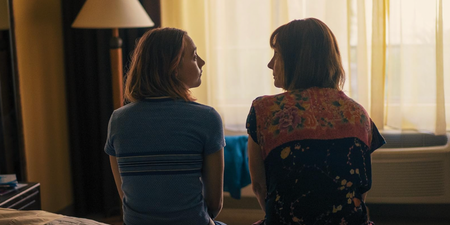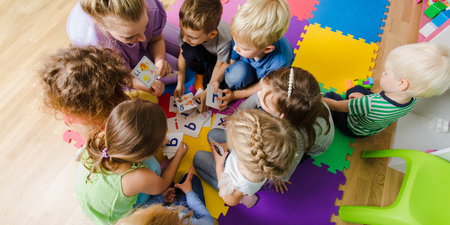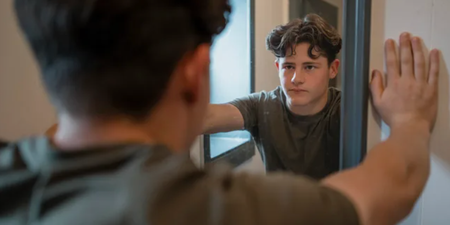Looking into your baby’s eyes is pretty much the most amazing, heart-bursting feeling you will ever feel.
And not only is this action all sorts of good for your soul, it turns out, it is also all sorts of beneficial for your baby too.
Yup, when a parent and an infant are looking into each other’s eyes, many aspects between the two sync up, such as their emotions and even heart rate. A new study, published in the Proceedings of National Academy of Sciences, shows that babies can also synchronise their brainwaves with adults’ brainwaves when the two of them make eye contact.
In fact, the study, by Researchers at the University of Cambridge, also found that babies vocalised (tried to communicate) more when they were holding a mutual gaze.
Put more understandably, brainwaves reflect what’s happening when millions of neurons send signals and communicate with each other, which is the basis of our thoughts, emotions and behaviours.
Why is this important, you wonder? Why should I spend more time staring into my baby’s eyes? Well, with adults, communication is more successful when brainwaves are in sync. Which is probably why, experts theorise, so many things can go wrong and get misinterpreted when you text your partner versus having an actual conversation face to face.
And now researchers think that synchronising adults’ and babies’ brainwaves can support the infants’ communication and learning.
In the second experiment, which involved 19 infants, they had a real adult singing to the baby and monitored both parties live. Not only were the infant’s and adult’s brainwaves more in sync when they made eye contact, but the baby also made more sounds while they were holding the adult’s gaze, showing that eye contact is so intertwined with communication.
Explaining their finds in a press release, Dr. Sam Wass, one of the study’s authors, said:
“We don’t know what it is, yet, that causes this synchronous brain activity. We’re certainly not claiming to have discovered telepathy! The brain synchronous we were observing was at such high time-scales—of three to nine oscillations per second—that we still need to figure out how exactly eye gaze and vocalisations create it.”













